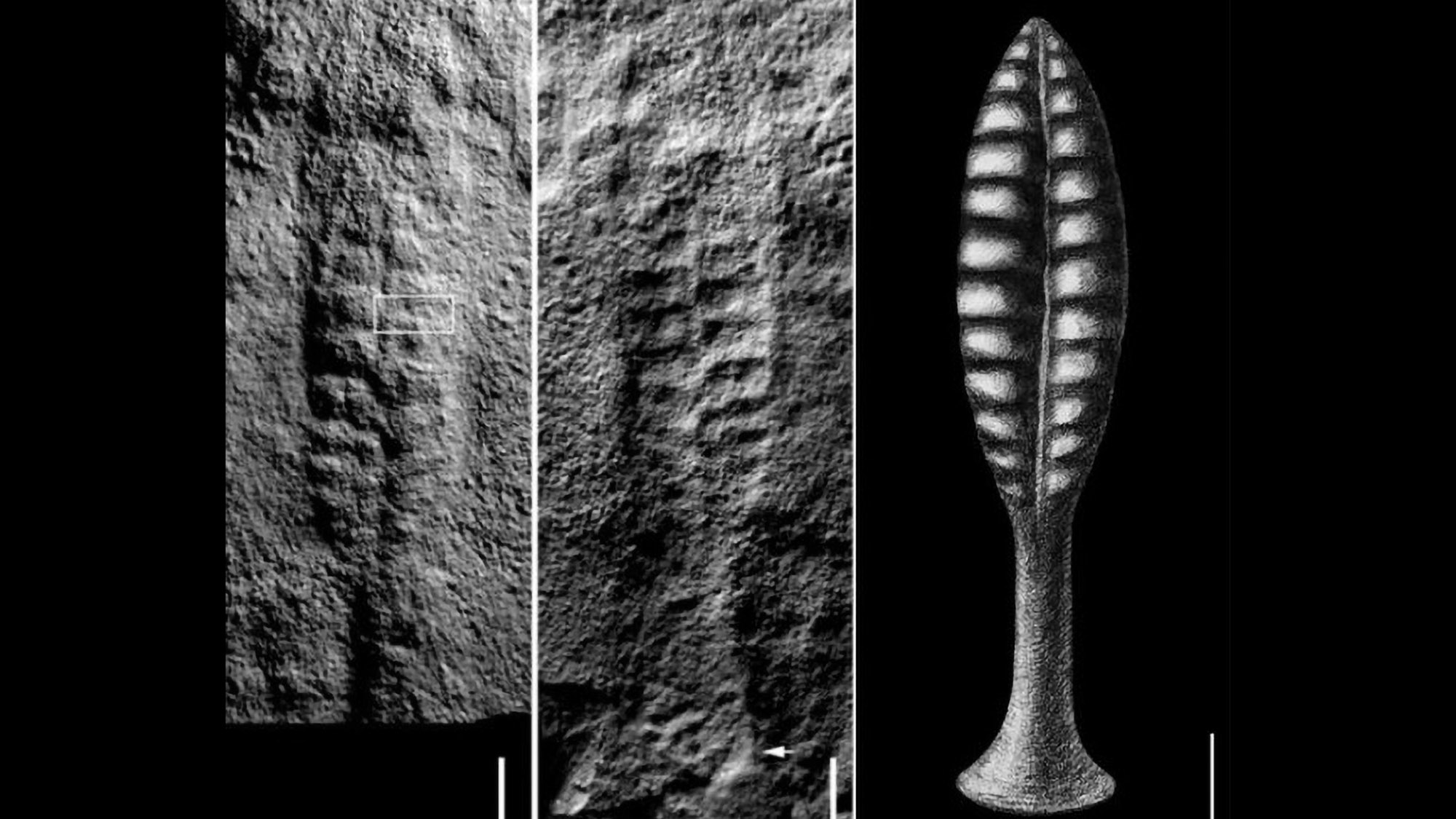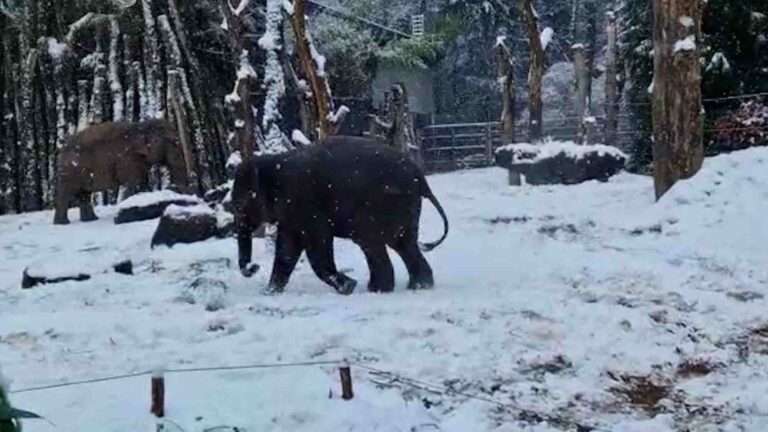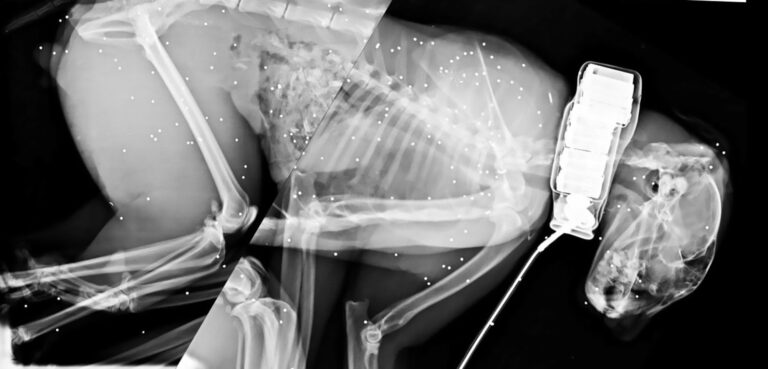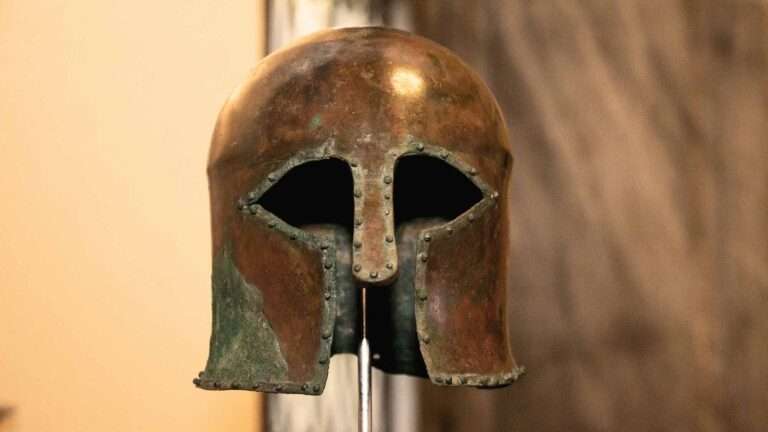A team of Chinese and American researchers have discovered fossils belonging to curious leaf-like creatures which once lived at the bottom of a prehistoric sea in China’s central province of Hubei around 550 million years ago.
They found the ancient signs of life in the Shibantan biota in Hubei’s Three Gorges region, according to research published in the ‘Journal of Paleontology’ last month.
The team was comprised of scientists from the Nanjing Institute of Geology and Palaeontology (NIGPAS), Chinese Academy of Sciences; and the Virginia Polytechnic Institute and State University.
Unlike leaves found on branches, these ‘leaves are actually similarly-shaped ancient animals that lived at the bottom of the ocean.
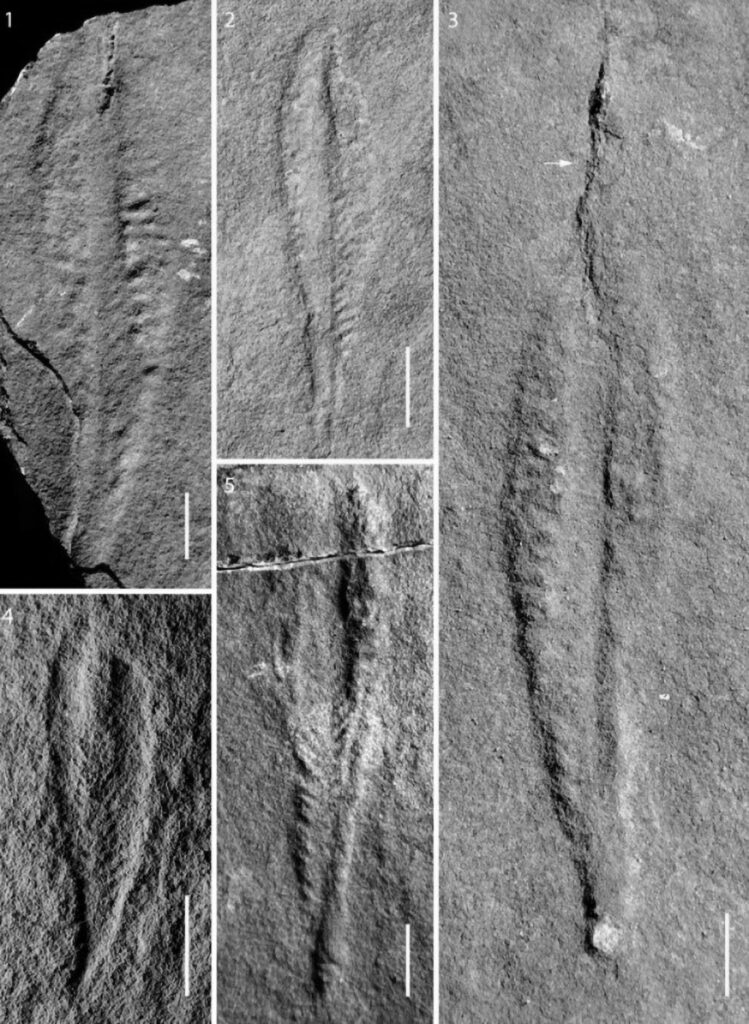
NIGPAS associate professor Pang Ke told Xinhua that the four ancient creatures are all long extinct. They have a body length of about 10 centimetres and a leaf-like appearance.
The frondose fossils have rounded suckers at the bottom which they used to stick to the seabed with suction cups while the leaf parts and stem stood upright in the water.
They would have swayed with the water and scientists believe they fed by absorbing small particles of organic matter from the seawater as they moved.
The organisms are macroscopic, soft-bodied eukaryotes that prospered in the late Ediacaran period from the end of the Cryogenian Period 635 million years ago to the beginning of the Cambrian Period 541 million years ago, according to NIGPAS.
Typical frondose fossils consist of an upright ‘leaf’ body (petalodium), a connecting stem and a basal attachment disc.
Recent studies said that these frondose fossils might represent crown- or total-groups of metazoa, according to NIGPAS.
Pang told Xinhua that these underwater “leaves” were a widespread group of creatures around 550 million years ago.
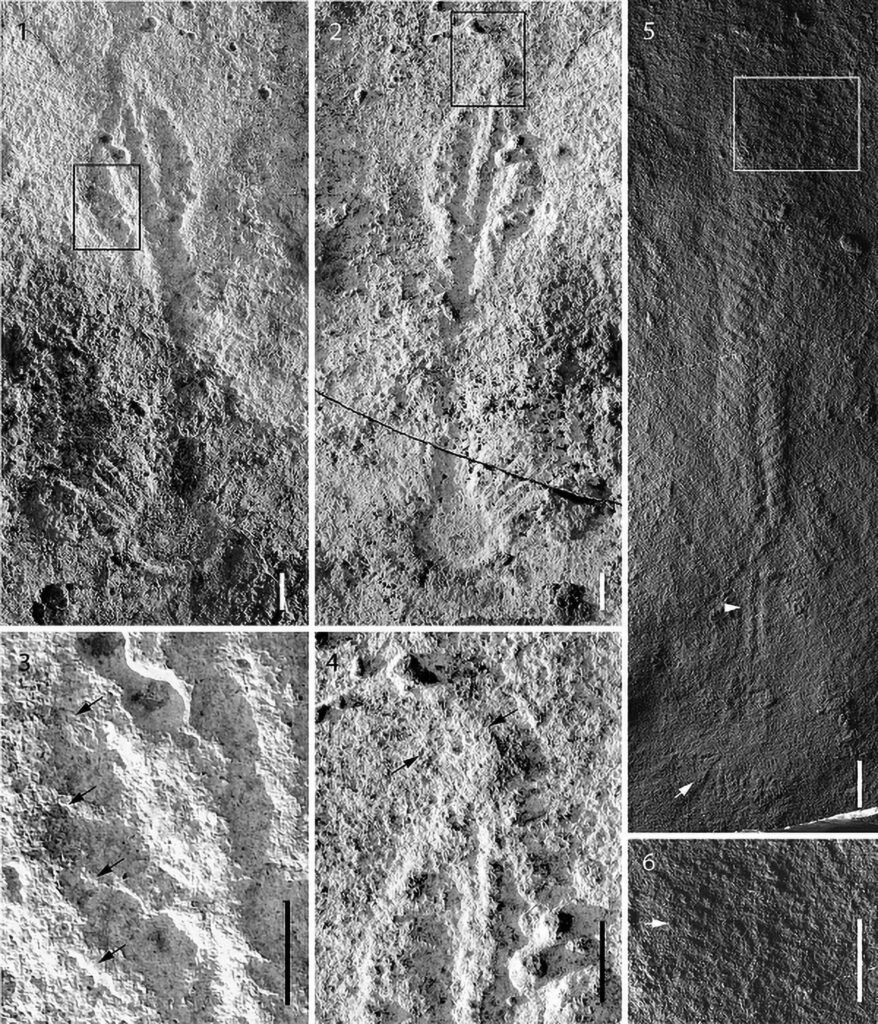
They found the ancient signs of life in the Shibantan biota in Hubei’s Three Gorges region 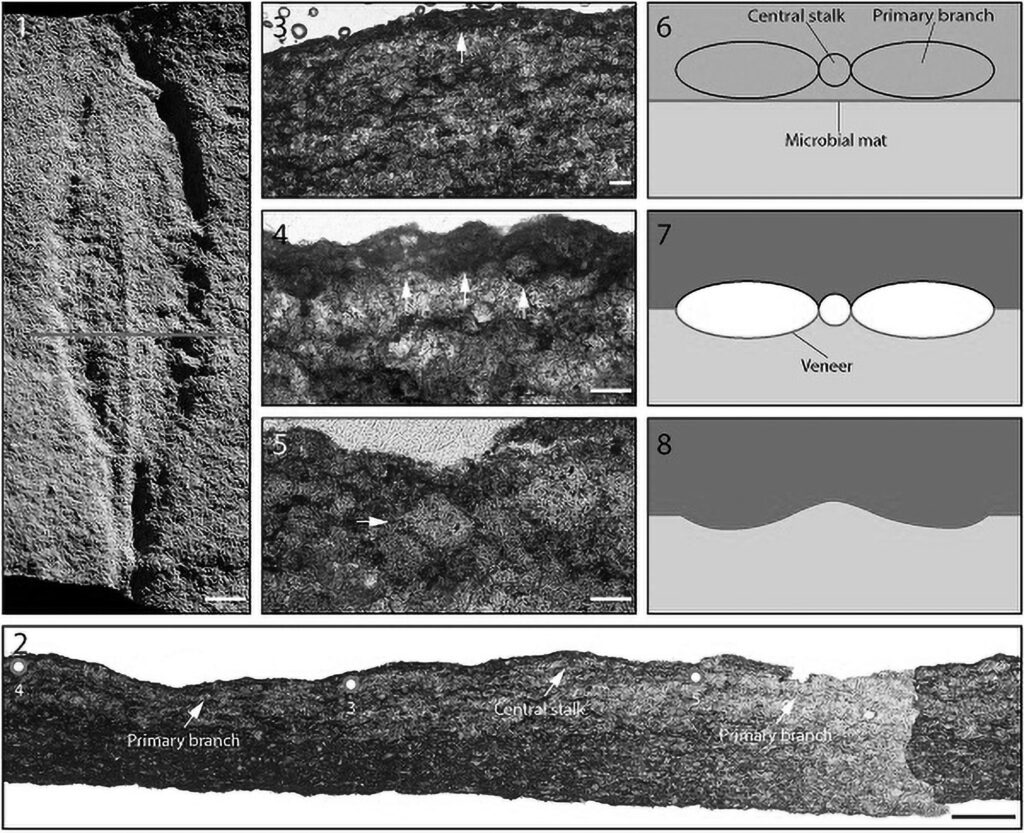
They found the ancient signs of life in the Shibantan biota in Hubei’s Three Gorges region
However, little is known about their biological properties to this day.
Pang said that they predate what is known as the ‘Cambrian Explosion’ and could provide important data about the evolution of early life.
The research continues.
To find out more about the author, editor or agency that supplied this story – please click below.
Story By: Lee Bullen, Sub-Editor: James King, Agency: Newsflash
The Ananova page is created by and dedicated to professional, independent freelance journalists. It is a place for us to showcase our work. When our news is sold to our media partners, we will include the link here.

